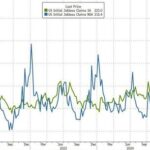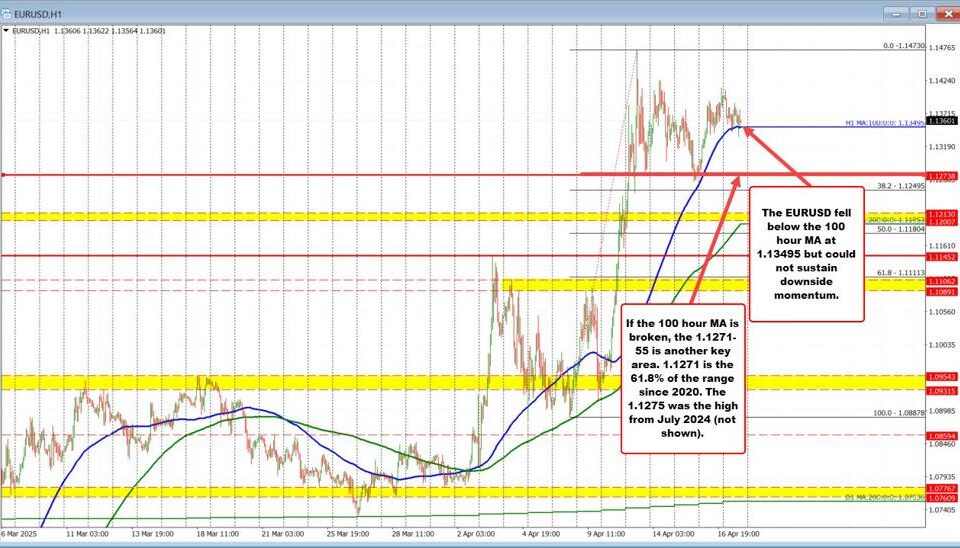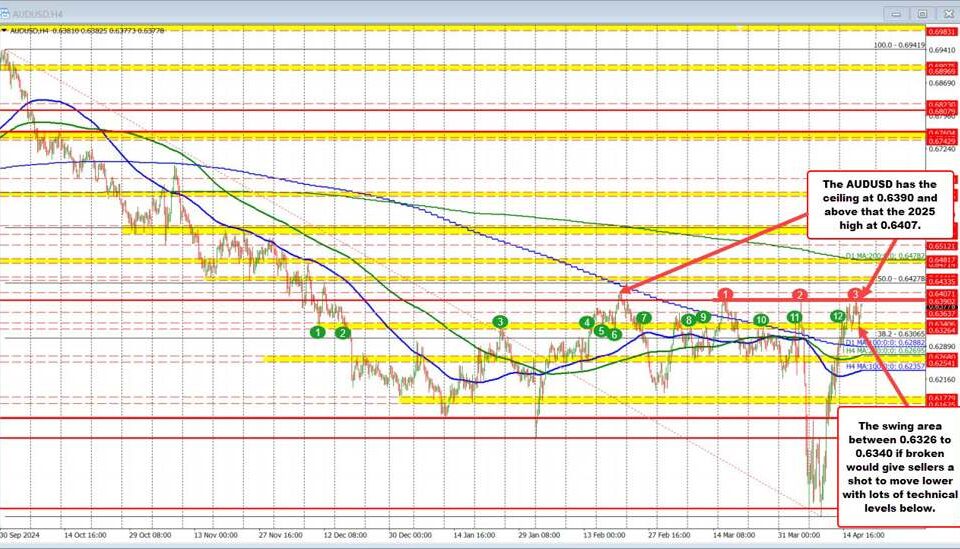
Navigating Unemployment Trends in the Deep TriState Region: Insights and Implications
Tháng 4 10, 2025Navigating US 30-Year Yields: What Rising Rates Mean for Consumers and Investors
Tháng 4 10, 2025Understanding the Recent Consumer Price Index and Its Impact on the U.S. Dollar
The latest figures released by the U.S. Bureau of Labor Statistics reveal an encouraging shift in inflation rates, bringing both challenges and opportunities to the financial landscape. The headline Consumer Price Index (CPI) has decreased to 2.4% year-over-year, falling short of the previously expected 2.5%. In a similar vein, the core CPI, which excludes volatile food and energy prices, has observed a decline to 2.8%, against forecasts of 3.0%. This softer inflation data is significant, signaling a potential easing of inflationary pressures and stimulating discussions around possible adjustments in the Federal Reserve’s monetary policy.
The Implications for the U.S. Dollar
As the market absorbs this less-than-expected inflation data, the U.S. Dollar (USD) has shown a downward movement. This is primarily interpreted as a market reaction indicating less urgency for the Federal Reserve to maintain elevated interest rates or to pursue further tightening measures. Lower inflation figures may foster an environment where the Federal Reserve feels less pressure to combat inflation aggressively, allowing for more dovish policy shifts that could weaken the dollar.
Market analysis suggests that the USD’s trajectory appears fraught with two-way risks. While the recent CPI readings hint at a potential decline in the dollar’s strength, it is crucial to consider that an unexpected surge in upcoming inflation reports could re-establish support for the dollar. Investors are likely to remain watchful, as any contrary developments could alter the current market sentiment swiftly. For a more comprehensive overview of the landscape influenced by economic data like CPI, investors can refer to discussions on key investment mistakes to avoid for long-term financial success.
The Role of Tariffs and Economic Signals
Another layer to this narrative is the ongoing concern regarding tariffs and their influence on inflation. Although current CPI data does not indicate considerable effects attributed to tariffs, this situation remains fluid. Economic factors such as trade tensions can create ripples that impact both inflation and currency valuation, hence market participants are advised to stay attuned to these developments. This is similar to how neutral trends in the USD can influence trading strategies, as noted in analyses of the neutral undertones shaping the short-term market outlook for USD/CAD.
Given that the U.S. economy is continually adjusting to both domestic and international pressures, the mixed signals from various data points necessitate a careful approach to the dollar. Uncertainty surrounding inflation rates, coupled with geopolitical influences, suggests that traders should exercise caution.
As we navigate through these economic uncertainties, stakeholders in the financial markets should keep a watchful eye on upcoming data releases and statements from Federal Reserve officials. The recent CPI figures may offer only a snapshot of the current economic conditions, but they undoubtedly lay the groundwork for further discussions on monetary policy and the U.S. Dollar’s fate. For additional insights on how broader market trends, including those of the EUR/USD currency pair, are influenced by economic indicators like CPI, interested readers can explore a detailed analysis of the EUR/USD currency pair.
In conclusion, the recent trends in the Consumer Price Index serve not only as a reflection of the current economic climate but also as a precursor to possible shifts in the Federal Reserve’s approach to managing inflation. Positioned at this crucial juncture, understanding the interplay of inflation data, market sentiment, and policy adjustments will be essential for anyone engaged in or observing the financial markets.



